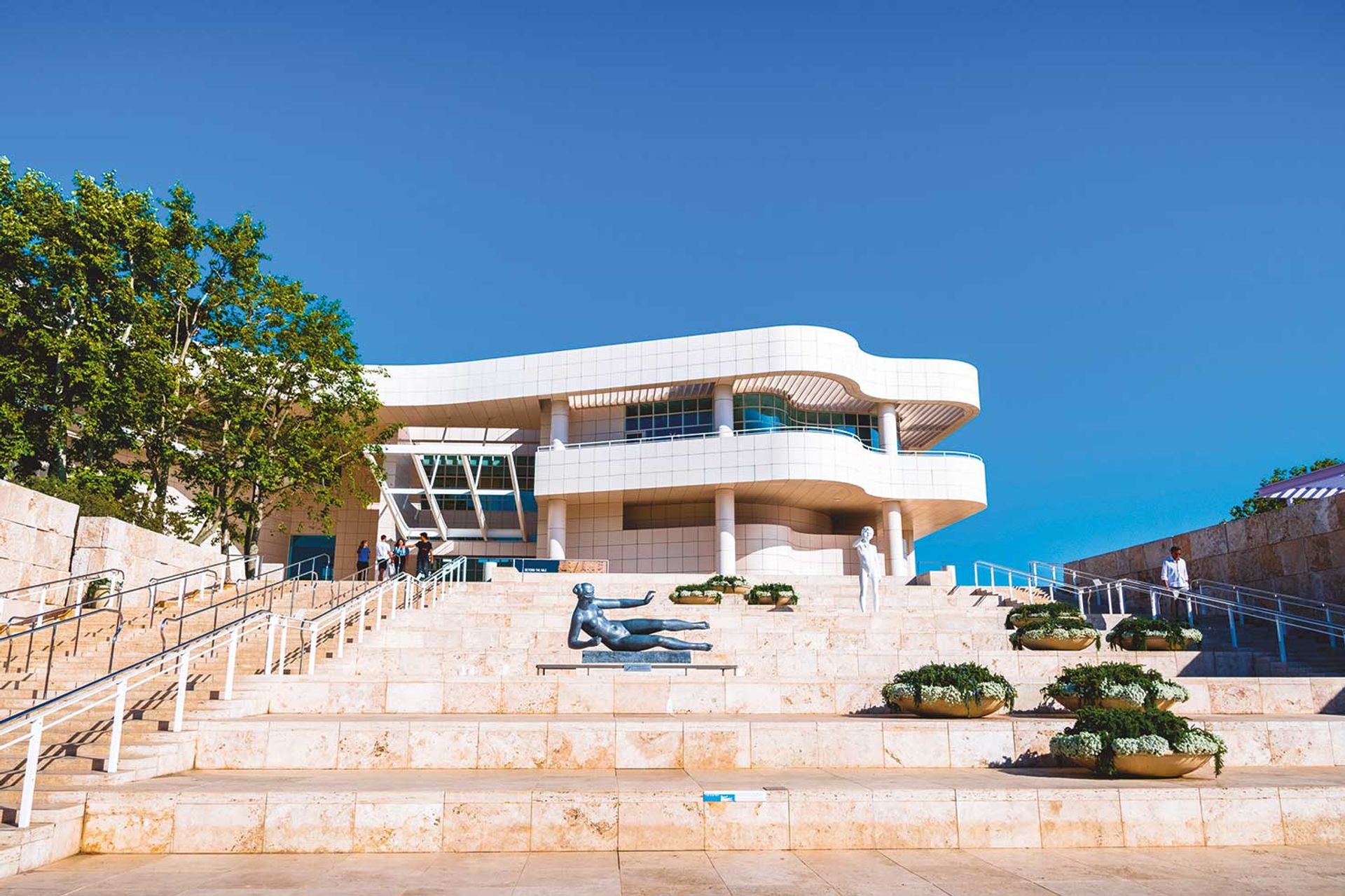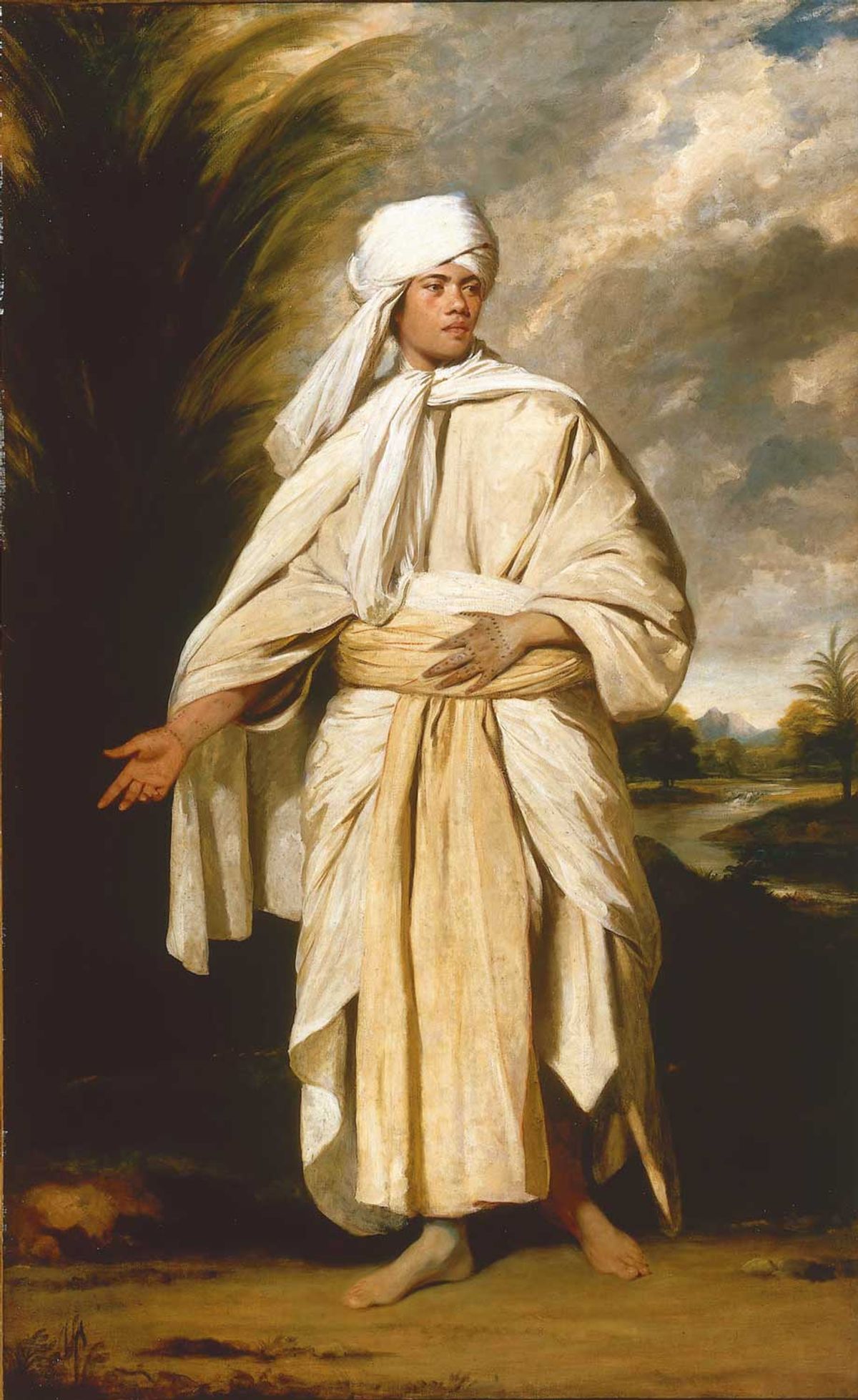Joshua Reynolds’s Portrait of Omai is now hanging in London’s National Portrait Gallery (NPG) on loan, although not on public view (the gallery is still closed for major renovations). The celebrated 18th-century work is secreted away in a securely locked room and only shown to potential major donors.
But for how much longer can it remain there? An export licence has been deferred by the government until 10 March, to allow a UK buyer to match the £50m valuation and keep it within these shores. The NPG announced in December that it was “almost halfway to our goal to secure the portrait”.
Since then, there has been further progress, but getting the other half of the funding is proving challenging for the NPG. The Art Newspaper has set out to examine the last-minute options now on the table. Most intriguingly, a joint acquisition with the J. Paul Getty Museum in Los Angeles may still be a possibility.
Portrait with a chequered past
The UK’s Export Reviewing Committee, which recommended the export licence deferral, describes Omai (around 1776) as “among the most original, ambitious and best-preserved portraits” by Joshua Reynolds, “one of the most influential European artists” of the 18th century. The grandiose painting depicts the young Tahitian man, Mai (also known as Omai), who arrived in Britain with Captain Cook in 1774.
The portrait has had a chequered history since it was sold to the Dublin collector John Magnier in 2001 for £10m. When he made an export licence application to take it to Ireland, the Tate successfully raised the money to match the market price in 2003, but he refused to sell, so a permanent export licence was withheld.
A further permanent licence application was submitted last year, which has led to the present deferral. This valued Omai at £50m, a figure accepted by the UK government’s independent assessor, the London dealer Anthony Mould, who specialises in 18th-century British art.
Several potential donors believe this valuation may be too high, but having been accepted by the arts minister, Magnier would still use this figure if the picture eventually comes onto the open market.
The NPG is continuing to solicit support from very wealthy individuals and charitable trusts. But in order to reach the target, the gallery would need several £5m-plus donations. Not surprisingly, this is proving difficult.
Behind the scenes, Nicholas Cullinan, the NPG’s director, has also been pressing the government for a special UK Treasury grant to add to the pot, but so far without a positive response (the last time the government stepped in financially to save a work of art was 50 years ago).
An alternative option would be a joint purchase with another UK museum, with two institutions sharing responsibility for fundraising. This idea has been vigorously promoted by Cullinan with his colleagues at all other relevant institutions. But despite its 2003 efforts, the Tate does not now regard the Reynolds as a priority for its own collection. The National Gallery has also shown little inclination to support a joint bid for Omai. This may come as a surprise since its American Friends organisation has assets of more than $300m .
The final possibility might be a joint acquisition with the J. Paul Getty Museum in Los Angeles—once one of the UK’s main competitors for buying expensive export-stopped treasures. The idea that was raised by the NPG is that the Getty would put up half the money and display the painting for a similar period. A Getty spokesperson says that they “do not comment on potential acquisitions”.
Crossing continents
On the UK side, the government-funded National Heritage Memorial Fund has provisionally made an informal offer of a £10m grant for a sole NPG acquisition. If a formal application was submitted, then it would be considered very quickly—and hopefully favourably.
But as the fund’s chairman Simon Thurley explained to The Art Newspaper, a joint acquisition with an overseas museum does create significant problems: “It is a novel form of ownership, raising complicated questions.”
The difficulty of a joint purchase with the Getty museum is that the painting would be in the US half the time, perhaps roughly every five years. It is questionable whether UK government money should be used in such circumstances, although there is an equally strong argument that the retention of Omai in Britain on this basis would still benefit gallery-goers and be better than losing the Reynolds entirely.
There are also problems from the Getty’s point of view, since Omai would need a temporary export licence every time it travels to America. Normally temporary licences are issued for up to three years, but a slightly longer period could be arranged for Omai. However, the Getty would then have to rely on temporary licences always being forthcoming, and giving indefinite assurances to bind future UK governments might be difficult.
The issues around a joint purchase with the Getty are certainly complicated, although not insurmountable if all parties are keen to overcome them. And despite the need to move the painting every five years or so, NPG conservators have recently examined Omai and have deemed it safe for it to be periodically sent by air to Los Angeles.

A joint purchase with the Getty Museum could see the painting travel to California to go on view every few years
Sundry Photography
The Getty’s potential interest in a joint purchase also suggests that the museum is likely to be interested in buying Omai outright if the NPG bid fails and a permanent export licence is granted. The Los Angeles museum is among the very few in the world that has the resources to spend £50m on a single acquisition.
With the deadline looming, it now looks unlikely that the NPG will have raised the necessary funding by 10 March. But if a solution is on the horizon, then the UK arts minister has the power to extend the deadline.
Cullinan stresses the importance of saving Omai: “It is one of the greatest and most unique works in British art history. This acquisition is among the most important we, as a nation, could ever make—and will be remembered for generations to come.”


